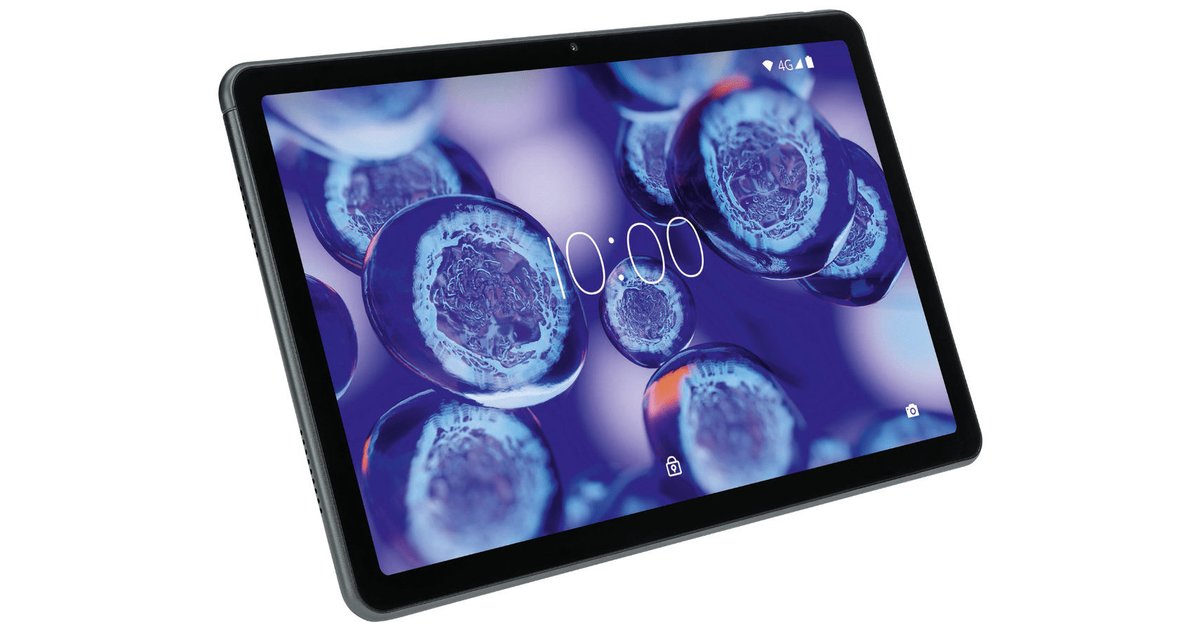Apple doesn’t have a solution yet
Why does the MacBook still have to do without Apple’s facial recognition (Face ID)? Couldn’t the iPhone manufacturer have simply installed the technology that has existed for many years a long time ago? Unfortunately, it’s not that easy, as Apple insider Mark Gurman recently revealed.
The current MacBook Pro already has a notch (display notch), but there is still no sign of Face ID. Is it really that difficult to integrate the couple of sensors into the recess? Mark Gurman, a Bloomberg reporter and one of the best-informed Apple insiders on the planet, is currently providing an answer.
MacBook displays are just too thin: Face ID doesn’t fit in
To make it short: The hardware to build Face ID into such a thin display simply doesn’t exist yet. There is a lack of depth and a much thicker case around the display is certainly not an alternative (source: Mark Gurman, Q&A of the Power-On Newsletter via MacRumors). This means that the technology currently has no chance in relation to Apple’s mobile computer. However, there was and is hope that the technology will eventually migrate to the iMac. Gurman states:
“Face ID was intended for the original M1 iMac. Of course, the iMac is the thickest Mac with a built-in display, as Apple’s laptops have fairly thin screens. As of this writing, there is no technology to embed Face ID into the thin MacBook displays. So when Face ID comes to the Mac, I think it will first appear on an iMac or an external monitor. Apple has definitely been working on it, but time will tell if they roll it out.”
Both technologies already exist on the iPhone, even if they are not combined in one device:
Apple is working on the problem
However, the work on it will not come to an end any time soon. As early as July 2021, the Apple expert noted that a Implementation of Face ID on the Mac is expected in the “next few years”. Which of course is a rather long and rather imprecise time frame. It is therefore anything but certain whether the expected iMac Pro will offer face recognition in late summer. One thing is certain: we cannot currently expect such a feature from the MacBook Pro or from the new MacBook Air, which is due to appear in the fall.
Ergo: Instead of Face ID, we will therefore see Touch ID on the Mac as only biometric security feature yet be preserved for quite a while. While the fingerprint sensor has existed on the MacBook for a while, the iMac only got the useful feature last year with a new and corresponding version of the Magic Keyboard. As a reminder and classification: The iPhone was and is a pioneer here. Touch ID first appeared on the iPhone 5s in 2013, Face ID on the iPhone X in 2017.


